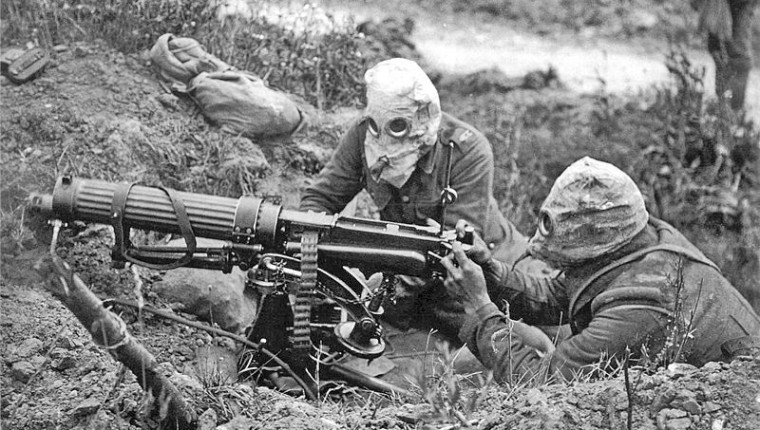Englund, Peter. The Beauty and the Sorrow: An Intimate History of the First World War (tr. Peter Graves), Alfred A. Knopf, New York, 2011 (540pp.$35)
Groom, Winston. Kearny’s March: The Epic Creation of the American West 1846-47, Alfred A. Knopf, New York, 2011 (310pp.$27.95)
Knopf has just published two very different books about two very different wars. Each in its own way is a lasting contribution to history and to the general reader’s understanding of both war itself and the impact conflict has on personages large and small.
Peter Englund’s book, “The Beauty and the Sorrow”, is about World War I, though not about what it was (it’s causes, course, conclusion and consequences), but a book about what it was like to be an individual and to live inside it, watch it develop, listen to it roar, feel it come and go, and, ultimately, to go on. Englund, a Swedish historian who has received numerous prizes in his own country and whose works have been translated into fifteen languages, is also a noted war correspondent, reporting on conflicts in such diverse areas as the Balkans, Afghanistan and Iraq. He is also a member of the Swedish Academy. His book chronicles the experiences of 20 more or less unremarkable men and women on both sides of thee war (two of whom did not survive)—a German schoolgirl, a botanist, a mountain climber, an ambulance driver, a doctor and a clerk. They come from Belgium, Great Britain, Italy, New Zealand and the Austro-Hungarian Empire, among others, and they are people like the young man in the British Army who was considering emigrating until the war offered him the “grand promise of change”—or, like the French civil servant and social to whom the war was an ideological disaster. There is an American woman (and former opera star) married to a Polish aristocrat who was living a life of luxury at the outbreak.
Englund weaves these varied experiences together by chronologically stitching together memoirs, diaries, and letters into a unified whole, sometimes quoting verbatim, and sometimes through the medium of paraphrase and analysis. It’s a book in which we discover intimate personal feelings, in which we find out that in Germany, during the later years, there were many substitutes: meat made of pressed rice boiled in mutton fat, tobacco made of dried roots and dried potato peel, shoes soled with wood. German law allowed 837 registered meat substitutes. There are stories of heroism and honor, disillusionment and the grotesquerie of prison. But like many of the very best books about this horrific war, it is an oblique, poetic, human and unconventional book. This fine book belongs on the shelf along with another unconventional classic, Paul Fussell’s “The Great War and Modern Memory.”
Winston Groom’s book about the Mexican War is a conventional one, but still valuable, lively, brave in scope, and fast-paced. Groom, who may be better known for his Forrest Gump books, is a formidable historian, whose previous books are about Vicksburg, World War II and Andrew Jackson at New Orleans. He is a pas finalist for the Pulitzer Prize, and given his Southern heritage, his work puts him in a league with Shelby Foote.
Many books have been written about the Mexican War and all feature the usual suspects, as does this one—James K. Pol, America’s phlegmatic, devious, ambitious president, hell-bent to present a Texas skirmish during early 1846 as a pretext for a wider war that would eventually attach California to the United States and, some said, expand the reach of slavery to the whole southern tier of the country. Also featured are James C. Fremont, the intrepid, somewhat duplicitous, Western explorer, himself an ambitious self-promoter, and of course, the noble Stephen Watts Kearney, a dutiful, honest, and forceful American general. Also featured in Groom’s book are the battles of Sacramento, Monterrey and San Pasqual, and a vibrant diplomatic and political history of the western expansion of America.
Groom’s book is virtuous too in being generously illustrated with maps and diagrams. Its style is flexible, fast-moving and in many places, as dramatic as a stage play, but a stage play in which some of the most famous American “mythic” characters have parts—Kit Carson, Brigham Young, and a host of harried Mexican general and politicians. Despite the fact that the subject is a relatively conventional military history, Groom has done it extravagant justice.


